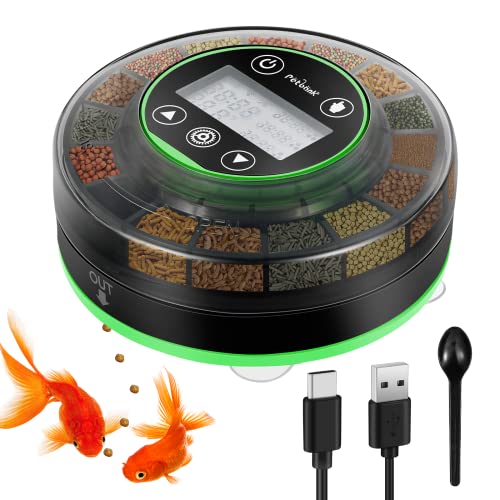Everything you need to know about the sword bearers: After we already have the most well-known viviparous ornamental fish such as platy, Molly and guppy and have presented the corresponding genres, of course we want that too Swordbearer do not forget. That's why there's next to that Profile, information on keeping, way of life, appearance and breeding of swordtails.

There are also many different breeding forms of swordtails. Be it the classic red swordtail, or also koi swordtails, pineapple swordtails and the red wagtail swordtails.
Even black swordtails, Montezuma swordtails or the coral red swordtails, just to name a shape and color variant of the sigh to call. We also find them particularly beautiful Tuxedo but also the lyra and marble swordtails, all these have their most difference in the color, but also in the shape of the fins.

origin of the swordtails
Swordtails are less likely to find their way into our aquariums today than wild-caught species, because the many different variants are mostly cultivated forms and are bred here or in large breeding colors. The swordtails from the area of Mexico and Guatemala have their original distribution area. However, it was mainly caused by humans that spread to such an extent that today it can be found on all continents.
Appearance and characteristics of swordtails
The appearance of the swordtail is very closely related to its physique. In addition to a rather elongated body, the males have a very special identifying feature, and they also have their names. Swordsmen have one special tail or better said, a special caudal fin that is extended again in the lower area by almost the length of its body. This very long tail is also called sword where the name can be derived. Females do not have this sword.
The color variants are quite diverse, but the classic swordtail has a red coloration. Here, too, the females are usually a little larger if you don't count the sword in the males. In captivity one can assume up to 10 cm, whereby the wild catches will be even larger. Nevertheless, a certain size of the aquarium must also be maintained here, so that the animals can also be kept in a species-appropriate manner. Swordtails are good swimmers.
Water values and keeping conditions
Let's talk about the tank size first, because Swordtails should not be kept under 100 cm edge length, which usually affects aquariums of 200 liters and more. This should definitely be observed. Otherwise, the animals are rather unproblematic and can be kept in almost any water. With the water temperatures you can take 22 to 28 degrees without hesitation. However, it should not be colder or warmer.
As far as the hardness of the water is concerned, you can use everything from soft to hard water. For the PH value, we recommend not getting over 8 and preferably not under 7.
Especially when it comes to keeping the animals, you should make sure that the males are either kept in groups or that you only keep one male with several females, as certain rivalries can arise here. Group housing is definitely recommended.
The animals also have few requirements when it comes to food. Be it dry food or plant-based food are gladly taken. Algae, however, are usually not on the menu like with the Mollys. live food like red mosquito larvae but can also be served.
Let's summarize the most important things again:

- Temperatures of 22 - 28 degrees
- Edge length of the pools from 100 cm
- Ph value between 7 – 8
- Keep in groups
- Males either keep single or multiple because of rivalries
- Eats plant and animal food
socialization
Basically, the swordtails are extremely peaceful, although they tend to be fast swimmers, which can sometimes lead to problems with particularly calm species. Nevertheless, one should socialization Make sure that you don't necessarily put them together with other genera of their kind, because otherwise it could lead to very undesirable breeding forms. Crossing should be avoided here. Pure cultivated forms are much more sought after. A socialization with the guppy, for example, is not a problem.
breeding and reproduction
Let's get to breeding. The male also has a so-called gonopodium here, as with other livebearers. This is used to fertilize the female. However, the actual sexual act here differs from that of the guppies, for example, because here you can observe intensive courtship behavior. The actual fertilization of the female is then included in this act of courtship.
The gestation period is usually over 28 days and can last up to 40 days. Then the young are born. There are litters of up to 100 animals. More young are born in the wild. Here you can assume up to 150 pieces.
Here, too, we recommend isolating the females when they are pregnant, otherwise it will be difficult to get the young through. A separate tank with sufficient hiding places should be the best choice here. Thanks for the great pictures Mario Simon !!







